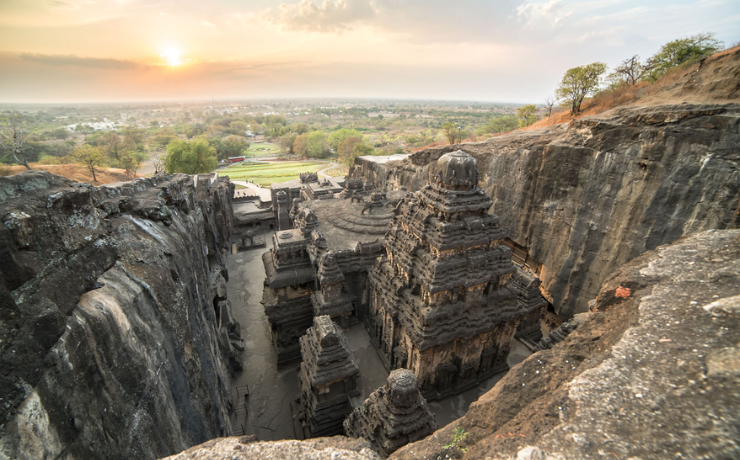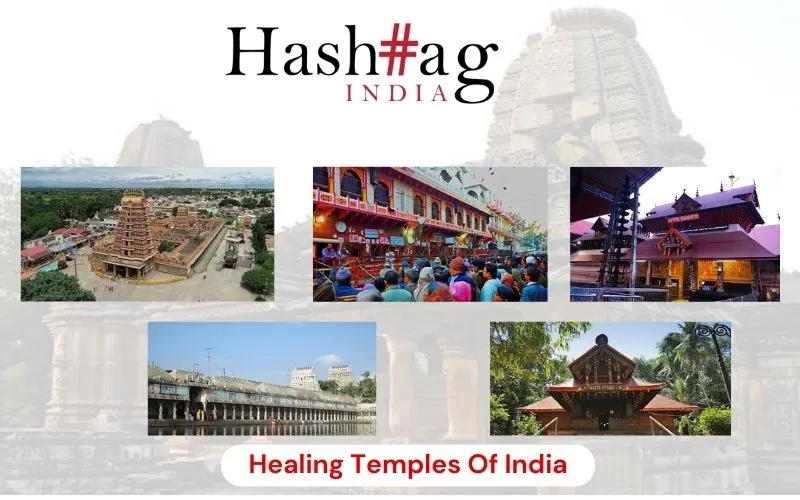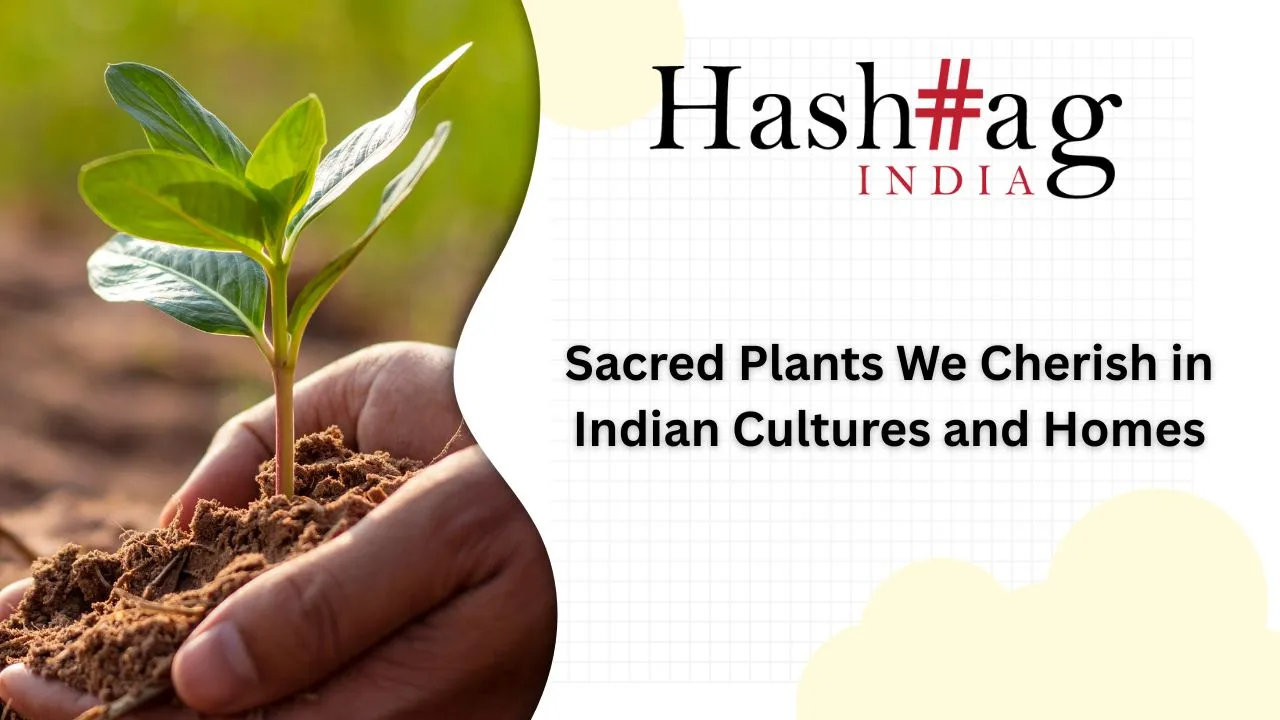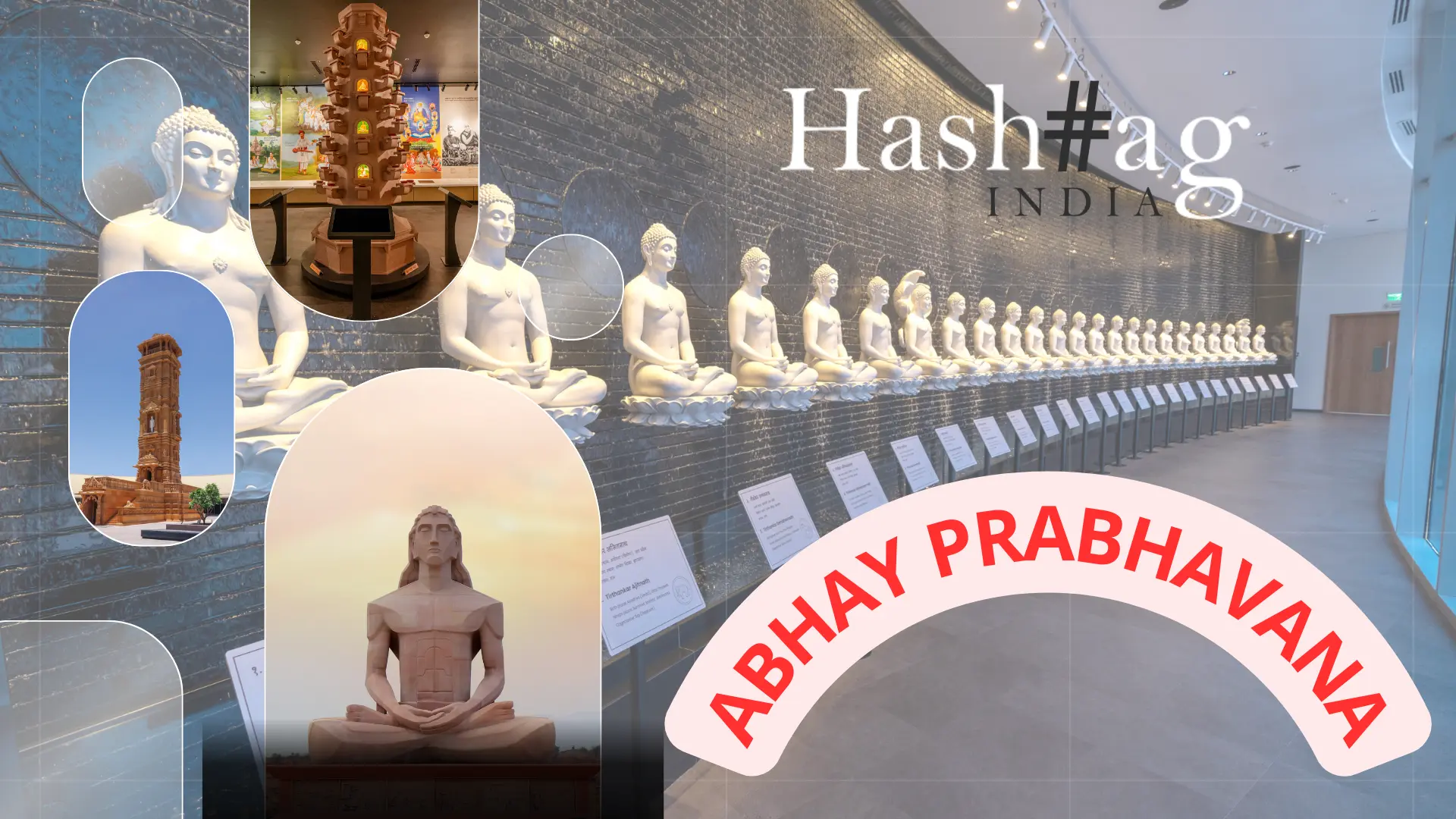Caves are amazing places with a mix of mystery, history, and arts. Hidden in the dense forests and valleys, the majority of the caves in India are the best examples of Hindu, Buddhist, and Jain art, and architecture. Apart from the religious importance, these popular caves are recognized for their fascinating sculptures and carvings that date back to pre-historic times.
Popular caves to visit in India.
- Ajanta and Ellora Caves
Ajanta and Ellora Caves are one of the most famous ancient caves in India. The caves are recognized by UNESCO World Heritage. Ajanta comprises 29 caves, while Ellora comprises 34 caves. The caves have many enchanting sculptures. The Kailasanatha temple is one of the largest cave temples in India that is located in the Ellora caves. Ajanta caves date back to the 2nd to 6th century AD. The Ellora caves date back to the 6th to 11th century.
Location: Ellora, Maharashtra, India. Timings: 6 AM-6 PM
- Undavalli Caves
Undavalli Caves are located on the bank of River Krishna. The caves are made from sandstone and have a huge lord Vishnu statue along with shrines dedicated to the worship of Brahma, Vishnu, and Shiva. There are also pictures of Lord Buddha. Undavalli caves are the testimony of highly skilled craftsmanship, and the sculptures in the caves will surely mesmerize you.
Location: Prakasam Barrage, Vijayawada, Andhra Pradesh. Timings: 9 AM-5:30 PM
- Elephanta Caves
Elephanta Caves are a UNESCO World Heritage site. The caves promise to give the visitors a splendid experience, with sculptures of lord Shiva along with other panels showing the different stages of life. It is believed that the stages date back to the 6th, and 7th century AD.
Location: Gharapuri, Mumbai, India. Timings: 9 AM-6 PM
- Karla Caves
Karla Caves date back to 200 BC and are one of the most popular and ancient caves in India. The caves are designed with a rock-cut architecture that resembles wooden architecture. The caves have amazing arched entrances, and the major highlight of these caves is Ashokan Pillar in the front arched entrances.
Location: Lonavala, Maharashtra. Timings: 9 AM-7 PM
- Badami Caves
Badami Caves are located in Karnataka, and they date back to the 6th and 7th century AD. They are a fine example of the architectural style of the Chalukyas Dynasty. There are four caves here, out of which there is a Jain temple and three other temples. The caves are known for their incredible sculptures, and there are also images of Tirthankaras, Mahavira, Lord Ganesha, Lord Shiva with 18 arms, and other gods.
Location: Badami, Karnataka. Timings: 9 AM-5:30 PM
- Udayagiri and Khandagiri Caves
Udayagiri Caves were the shelters of Jain pilgrims. The caves will get your attention as it resembles the mouth of a tiger. One of the major attractions of the Udayagiri caves is the queen’s palace. Udayagiri and Khandagiri caves are worth exploring because there are many historical and mythical references from the Kalinga war. The caves were built in the 2nd century by King Kharavda of the Meghavana Dynasty.
Location: Khandagiri, Bhubaneswar, Odisha. Timings: 9 AM-6 PM
- Tabo Caves
Tabo caves located near the Tabo village in Himachal Pradesh’s Spiti valley were used as a shelter for Buddhist monks in the past and there are many flags inside the caves indicating that the Buddhist monks are still meditating inside the caves. Some of the caves here are used as assembly halls.
Location: Tabo, Himachal Pradesh. Timings: 9 AM-6 PM
- Borra Caves
Borra Caves are the most popular caves in India. The caves are archaeological wonders, and they are close to 150 million years old. The caves are naturally formed by limestone accumulation. The major attraction of the caves is a Shiva lingam. There are also natural formations of the human brain, mother and child, and crocodile.
Location: Araku Valley, Andhra Pradesh. Timings: 10 AM-5 PM
Conclusion
These are some of the most popular caves to visit in India. Visit these amazing caves to understand the architectural, and artistic brilliance, and unravel the mystery that man achieved in ancient times.





























